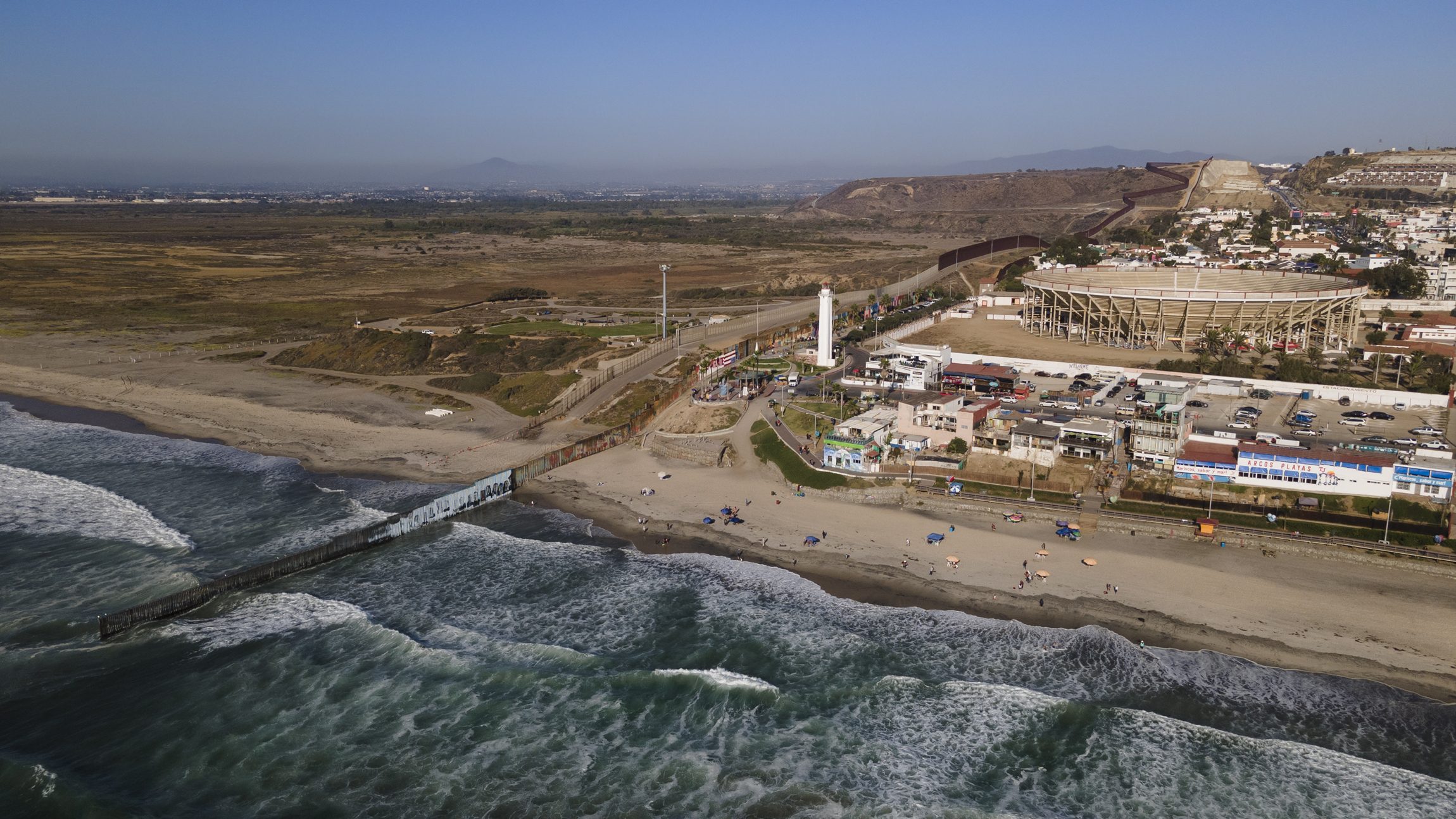- EPA Administrator Zeldin visited San Diego on April 22 to address cross-border sewage.
- Lawmakers and local officials demand no cuts to cleanup funding.
- Mexico’s decades-long sewage discharge into the U.S. has impacted public health.
- Zeldin met with Mexican officials to discuss urgent solutions.
- Congressional funding delays and proposed budget cuts raise concern.
Thursday, April 24, 2025 — On Tuesday, U.S. Environmental Protection Agency (EPA) Administrator Lee Zeldin visited San Diego to address the longstanding Tijuana River sewage crisis, where untreated wastewater from Mexico has flowed across the border into California for decades. The visit coincided with Earth Day and included a press conference, a facility tour, and high-level discussions with Mexican and U.S. officials.
Urgency at the Border: “A Crisis That Should Have Ended.”
During his remarks, Zeldin emphasized the gravity of the crisis . “This visit for EPA is very important to us to make sure that we aren’t just seeing and hearing firsthand on the ground in Southern California,” he said, “but ensuring that the path forward is one of max collaboration and extreme urgency to end a crisis that should have ended a long time ago.”
. “This visit for EPA is very important to us to make sure that we aren’t just seeing and hearing firsthand on the ground in Southern California,” he said, “but ensuring that the path forward is one of max collaboration and extreme urgency to end a crisis that should have ended a long time ago.”
Prior to the press conference, Zeldin toured the South Bay International Wastewater Treatment Plant and attended a roundtable with state and local leaders. On Monday evening, he also met with Mexican Foreign Secretary Alicia Bárcena to discuss cross-border solutions.
Local Officials Push Back Against Potential Cuts.
The EPA Administrator’s visit came just days after a sharp rebuke from Rep. Mike Levin (CA-49) and Imperial Beach Mayor Paloma Aguirre. In an April 21 statement , they criticized the Trump Administration’s proposed cuts to environmental programs and warned that such moves would undercut efforts to resolve the pollution crisis.
, they criticized the Trump Administration’s proposed cuts to environmental programs and warned that such moves would undercut efforts to resolve the pollution crisis.
“For decades, tens of billions of gallons of raw sewage, polluted stormwater, and trash have flowed from Mexico, down the Tijuana River, and into the Pacific Ocean,” said Levin. “We can’t allow Administrator Zeldin or anyone in the Trump Administration to talk about solving this crisis while proposing cuts to the very agencies responsible for the solution.”
Half a Billion in Funds—But Will They Be Used?
Levin pointed to bipartisan efforts that secured over $500 million in funding to upgrade the South Bay plant and emphasized that progress had already been delayed under the prior Trump and Biden administrations. The facility, operated by the U.S. Section of the International Boundary and Water Commission (IBWC), is seen as a key part of the response to the ongoing pollution.
With the second Trump Administration reportedly targeting IBWC funding, concerns are mounting among local leaders that vital cleanup work could once again stall. “You can’t say you support a solution and then gut the resources required to get it done,” Levin said.
Next Steps Remain Unclear.
Mayor Aguirre echoed these sentiments, stressing that any rollback in federal support would only deepen the crisis for coastal communities. The mayor and congressman are pushing for a firm federal commitment to preserve and deploy existing funds.
As Zeldin’s visit concludes, attention now shifts to whether the EPA and White House will follow through on bipartisan promises—or leave the region waiting yet again for relief from contaminated waters.
Image:
Tijuana City, border of USA/Mexico. Licensed via Envato.






Leave a Reply